Disclosure: This article contains affiliate links. We may earn a commission from purchases at no extra cost to you, which helps our travel content.
Let me tell you something about Rome that most financial advisors won't admit: you don't need a retirement fund to experience its grandeur. After visiting 42 countries in my second act of life, I've learned that some of the world's greatest treasures can be enjoyed without breaking the bank. Rome – with its ancient ruins, magnificent art, and unparalleled culinary scene – often gets labeled as a budget-buster. But just like finding value stocks in a bull market, uncovering affordable experiences in the Eternal City simply requires strategy and insider knowledge. This spring, I spent seven remarkable days in Rome spending less than $50 per day – all while experiencing the city's greatest hits and hidden gems. No penny-pinching required, just smart allocation of resources. So grab your scorecards, because I'm about to walk you through the playbook for experiencing Rome on a shoestring budget.
Finding Your Home Base: Budget Accommodation Strategies
In baseball, home field advantage matters. In budget travel, your choice of accommodation can make or break your budget. Rome's central districts (Centro Storico, Monti, Trastevere) command premium prices, often $100+ per night even for basic rooms. But shift your focus just two metro stops outward to neighborhoods like San Giovanni, Testaccio, or Pigneto, and watch those rates drop by 40-60%.
During my week in Rome, I stayed at a charming guesthouse in San Giovanni for €32/night (approximately $35). The room was modest but immaculate, with a shared bathroom and simple breakfast included. More importantly, I was a mere 12-minute metro ride from the Colosseum and had access to authentic, non-touristy restaurants where dinner cost half what you'd pay near the Spanish Steps.
For the ultra-budget conscious, Rome has excellent hostels with dorm beds starting around €18-25/night. If you're staying longer than a few days, consider apartment rentals in residential areas – having kitchen access can dramatically reduce food costs, and weekly rates often come with significant discounts.
One of my favorite discoveries was religious guesthouses – convents and monasteries that offer rooms to travelers at a fraction of hotel prices. These accommodations typically provide simple, clean rooms with private bathrooms for €40-60/night, often including breakfast. Many require booking by email or phone rather than through major booking sites, which partly explains their lower rates. The Casa di Santa Francesca Romana in Trastevere or Fraterna Domus near Piazza Navona offer exceptional value in prime locations.
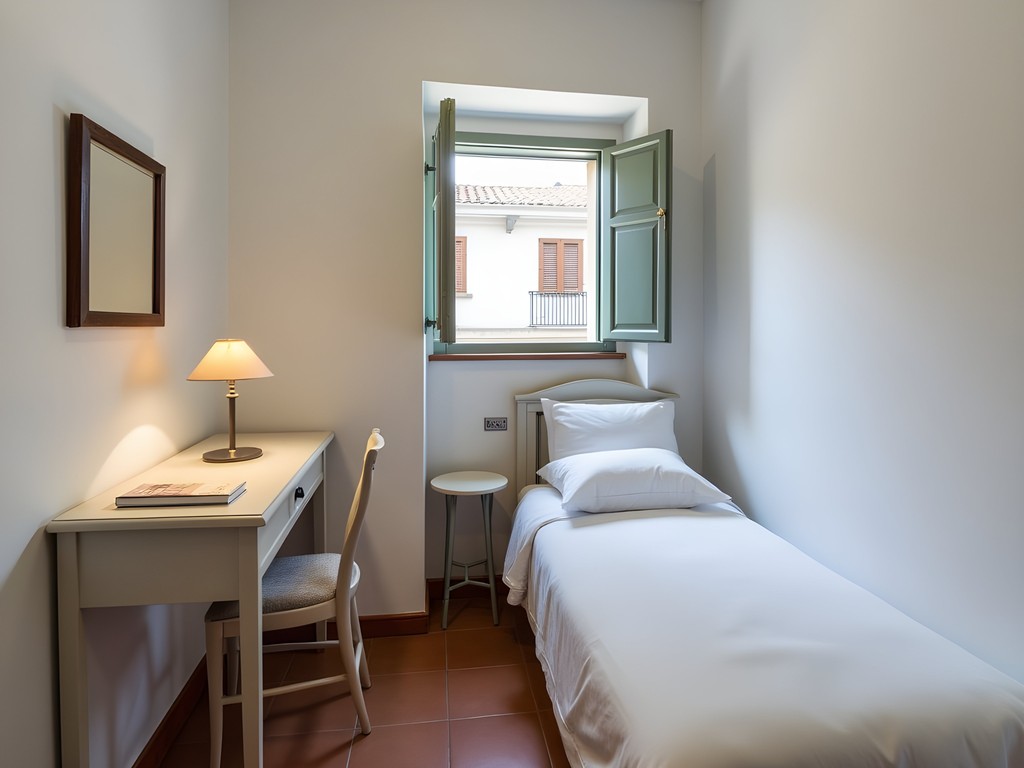
💡 Pro Tips
- Book accommodations 2-3 months in advance for best rates, especially during spring and fall
- Look for places that include breakfast to save on morning meals
- Consider staying slightly outside the center near metro stations for significant savings
Free and Nearly-Free Rome: Maximizing Cultural Experiences
Rome is like a museum without walls – some of its greatest treasures don't require an admission ticket. My financial planning background has taught me to distinguish between expenses and investments, and in Rome, many of the best investments in cultural experiences cost nothing at all.
Start with the city's magnificent churches, which house world-class art that would command prime gallery space elsewhere. Santa Maria del Popolo contains two Caravaggio masterpieces that you can view for free (bring €1 coins for the light boxes). San Luigi dei Francesi houses three more Caravaggio paintings without any entrance fee. The Pantheon – that architectural marvel with its perfect dome – remains free to enter despite occasional rumors of future admission charges.
For ancient Rome, while the Colosseum and Forum require tickets (more on saving on those later), sites like the Baths of Caracalla exterior, Circus Maximus, and the monumental Victor Emmanuel II Monument cost nothing to explore. One afternoon, I climbed the Aventine Hill to peek through the famous keyhole at the Knights of Malta property for a perfectly framed view of St. Peter's dome – a quintessential Rome experience that costs nothing but the effort to find it.
Many museums offer free entry on the first Sunday of each month, though crowds can be intense. A better strategy is to visit during the annual Museum Night (usually in May) when most state museums open for free from 8pm to 2am. I timed my visit to coincide with this event and enjoyed the Palazzo Barberini with barely any crowds.
For photography enthusiasts like myself, the early morning light at the Spanish Steps (6-7am) or sunset at the Pincio Terrace above Piazza del Popolo provide postcard-worthy shots without spending a euro. I captured some of my best Rome photographs during these golden hours, using my trusty travel tripod for those low-light situations.
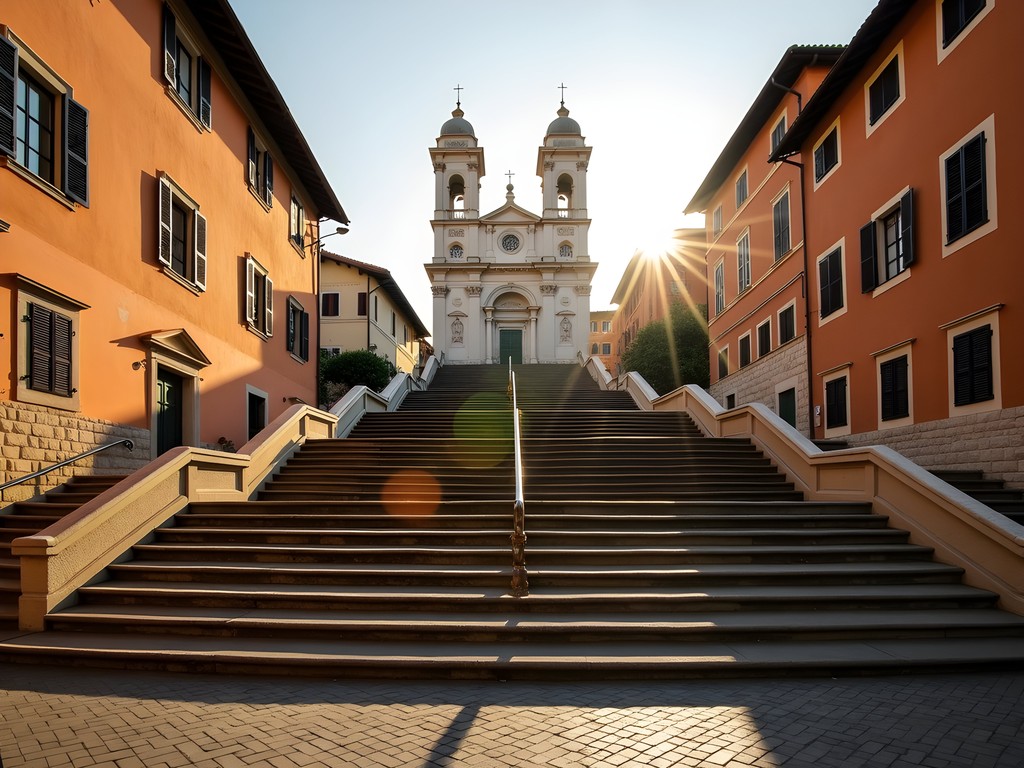
💡 Pro Tips
- Visit churches in the late afternoon when lighting is optimal for viewing art
- Download free audio guides from Rick Steves or other travel apps instead of paying for guided tours
- Bring a refillable water bottle – Rome's public fountains (nasoni) provide free, cold drinking water throughout the city
Eating Well Without Breaking the Bank
In my travels across baseball towns in America and food capitals worldwide, I've learned that extraordinary culinary experiences rarely correlate with price. Rome proves this rule brilliantly. The city's food culture celebrates simplicity and quality ingredients rather than elaborate presentation or exclusive settings.
My daily food budget in Rome averaged €18-22 ($20-24), and I ate remarkably well. The key is understanding the Roman approach to meals and adapting accordingly. Breakfast in Italy is traditionally small – an espresso and pastry standing at a bar costs €2-3 versus €8-10 sitting at a table. By embracing this local habit, I started each day spending less than $3.
For lunch, Rome's pizza al taglio (pizza by weight) shops offer exceptional value. At places like Pizzarium near the Vatican or Antico Forno Roscioli, €5-7 buys enough pizza to satisfy a hearty appetite. Alternatively, a classic tramezzino (triangular sandwich) and supplì (fried rice ball with mozzarella) make a filling lunch for under €6.
Dinner requires more strategy. In tourist zones, look for the magic words "menu fisso" or "menu turistico" – while sometimes dismissed by food snobs, these set menus (€13-18) often represent genuine value, especially at neighborhood restaurants away from major attractions. In Testaccio, I enjoyed a magnificent three-course dinner with house wine for €18 at a family-run trattoria where I was the only non-Italian present.
Supplies for picnics can be gathered at local markets like Mercato Testaccio or Mercato Trionfale. One afternoon, I assembled a feast of fresh bread, prosciutto, pecorino cheese, olives and seasonal fruit for about €8, then enjoyed it in the beautiful Villa Borghese gardens.
For coffee throughout the day, avoid the tourist traps. My pocket guidebook helped me find authentic neighborhood bars where an espresso costs €1 rather than €3-4. The coffee is invariably better too – Romans wouldn't tolerate anything less than excellence.

💡 Pro Tips
- Stand at the bar for coffee and breakfast pastries – sitting at tables often doubles or triples the price
- Look for restaurants filled with locals and where menus are only in Italian
- Avoid restaurants with waiters outside trying to lure you in or with picture menus aimed at tourists
Transportation Hacks: Getting Around for Less
Rome wasn't built in a day, and you certainly can't see it all on foot – though walking is often your best and most economical option. The city's historic center is surprisingly compact, with many major sites within a 30-minute walk of each other. During my week there, I averaged 18,000 steps daily, discovering countless unexpected treasures between the major attractions.
For longer journeys, Rome's public transportation system offers excellent value. A single metro or bus ticket costs €1.50 and is valid for 100 minutes, allowing transfers between buses and trams (though only one metro entry). For my seven-day visit, I purchased a weekly pass (CIS) for €24, which provided unlimited rides on all public transportation – a significant savings over daily tickets.
I recommend downloading the offline navigation app before your trip. This allowed me to navigate Rome's labyrinthine streets without using cellular data, saving both on my phone bill and battery life. The app's walking directions were particularly useful for finding those shortcuts between major sites that guidebooks rarely mention.
From Fiumicino Airport, skip the expensive taxis (€50+ fixed fare) and take the FL1 regional train to Roma Termini for just €8, or even better, the bus for €6. It takes slightly longer but saves enough for a nice dinner.
One transportation splurge I do recommend: the 24-hour hop-on-hop-off bus (approximately €20) on your first day. This provides an excellent orientation to the city's layout and major landmarks, helping you plan your subsequent days more efficiently. I used it strategically, boarding early in the morning and planning my stops to maximize sightseeing value throughout the day. Think of it as a combination of transportation and tour – the audio commentary provides useful historical context that enhances later explorations.
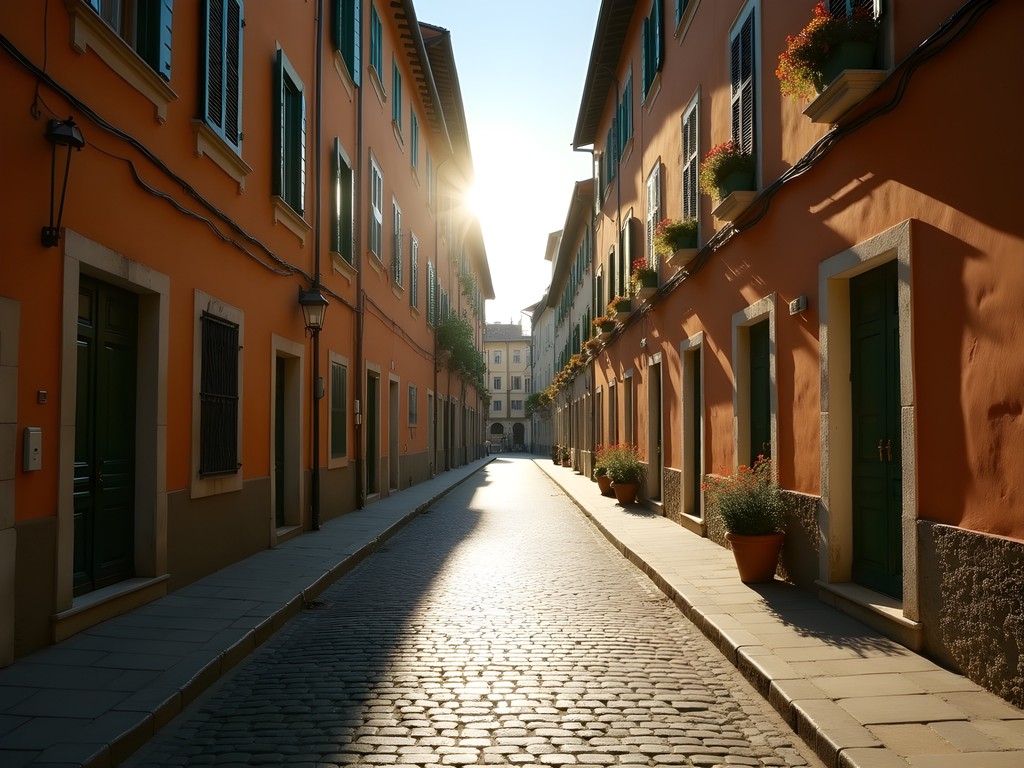
💡 Pro Tips
- Validate your ticket before boarding buses or entering metro stations to avoid hefty fines
- Wear comfortable walking shoes – Rome's cobblestone streets are charming but punishing on feet
- Download the ATAC mobile app (Rome's public transport authority) for real-time bus and metro information
Strategic Sightseeing: Maximizing Value on Paid Attractions
Even on a tight budget, some of Rome's paid attractions are worth every euro – the trick is maximizing their value through strategic timing and smart ticket choices.
The Roma Pass deserves careful consideration. The 48-hour version (€32) includes one free entry to your choice of major sites (including the Colosseum/Forum complex), while the 72-hour version (€52) includes two free entries. More importantly, both provide skip-the-line privileges that can save hours during peak season. For my spring visit, I calculated that the 48-hour pass would save me about €4 plus considerable time – a worthwhile investment.
Timing is everything when visiting major attractions. The Vatican Museums, home to the Sistine Chapel, charge €17 for standard entry, but arriving in the final two hours before closing often means significantly smaller crowds. Even better, on the last Sunday of each month, the Vatican Museums offer free entry from 9am-2pm, though expect substantial lines.
For the Colosseum and Roman Forum (combined ticket €16), booking online in advance costs an extra €2 but saves potentially hours of waiting. I visited during the extended Friday night openings (available in summer), which offered a magical perspective of the ancient arena and smaller crowds.
Many travelers overlook the Roma National Museum pass (€12), which provides access to four excellent museums including Palazzo Altemps and the Baths of Diocletian. These sites house spectacular Roman artifacts with a fraction of the crowds at more famous venues.
To track expenses efficiently while traveling, I use the budget tracking app which allows me to set daily budgets and categorize expenses. This helps ensure I'm balancing my spending appropriately – perhaps splurging on the Borghese Gallery one day (€13 plus €2 reservation fee, absolutely worth it) while compensating with free activities the next.
Remember that in Rome, atmosphere often trumps attractions. Some of my most memorable experiences cost nothing: watching the sunset from the Pincio Terrace, listening to street musicians in Piazza Navona, or simply enjoying the theatrical people-watching at a neighborhood piazza with a €1.50 espresso in hand.
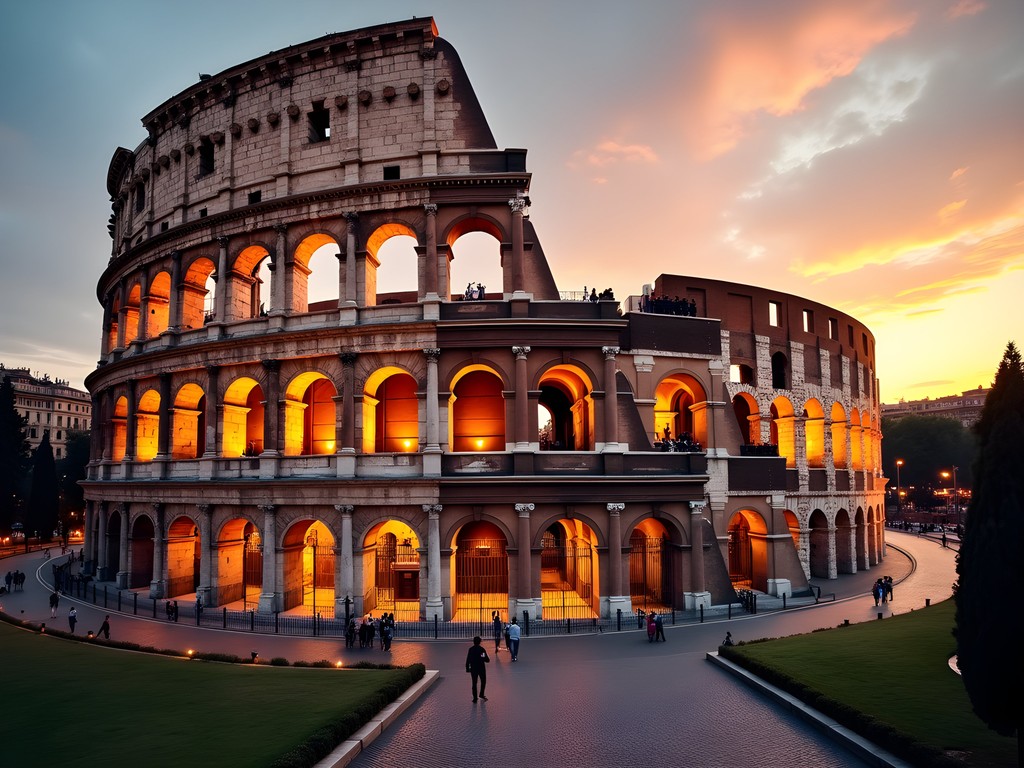
💡 Pro Tips
- Book major attractions like the Colosseum and Borghese Gallery online in advance to secure your preferred time slot
- Visit top attractions during lunch hours (1-3pm) when many tourists are eating
- Consider "combo tickets" that offer entry to multiple related sites at a discount
Final Thoughts
Rome taught me the same lesson that 40 years in financial advising did: true wealth comes from maximizing value, not just minimizing cost. On less than $50 a day, I experienced the Eternal City's grandeur without feeling deprived. By allocating my budget strategically – spending on experiences that matter most while finding creative alternatives for the rest – Rome became accessible in ways I never imagined. The city rewards those who approach it thoughtfully, just as a diversified portfolio rewards patient investors. For students and budget travelers, remember that Rome wasn't built on extravagance but on ingenuity and resourcefulness. Bring those same qualities to your visit, and you'll discover that the Eternal City's greatest treasures – its light, its history, its vibrant street life – are available to everyone, regardless of budget. So pack your walking shoes and curiosity. Rome awaits, and it doesn't need to check your bank balance first.
✨ Key Takeaways
- Stay in neighborhoods just outside the center to cut accommodation costs by 40-60%
- Focus on Rome's abundant free attractions including churches, piazzas, and viewpoints
- Eat like a local: stand for coffee, enjoy pizza al taglio for lunch, and seek out neighborhood trattorias
- Use the weekly transport pass and your own two feet to explore the city economically
📋 Practical Information
Best Time to Visit
April-May and September-October
Budget Estimate
$45-50 per day excluding flights
Recommended Duration
5-7 days
Difficulty Level
Easy
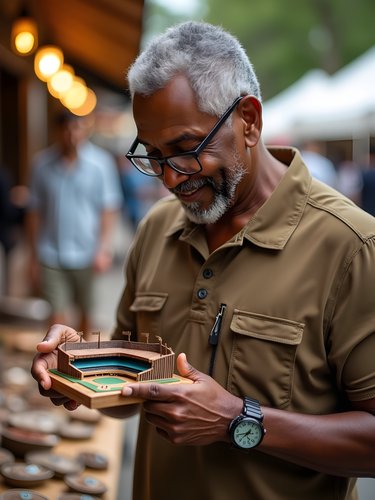
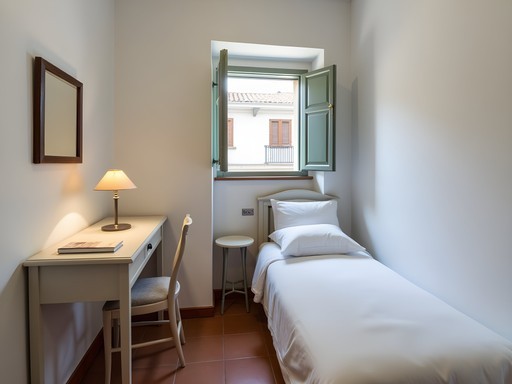
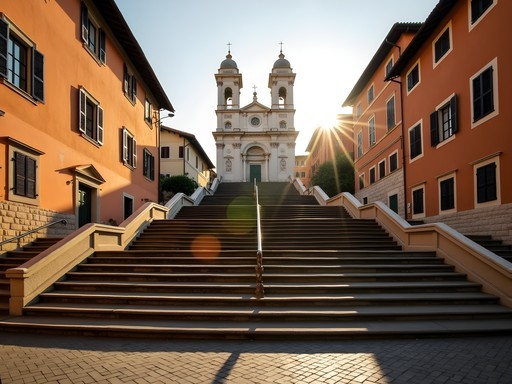

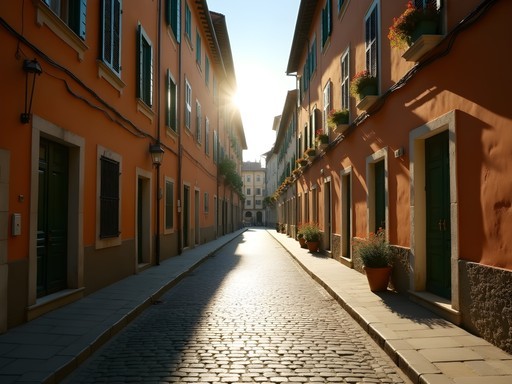
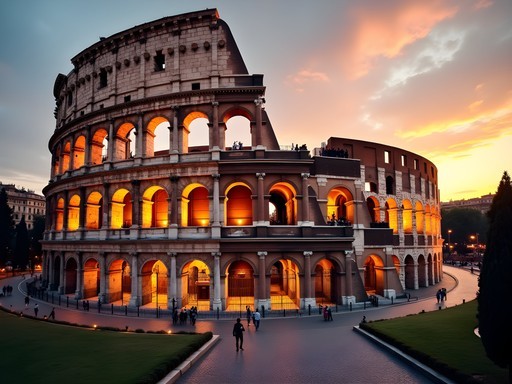


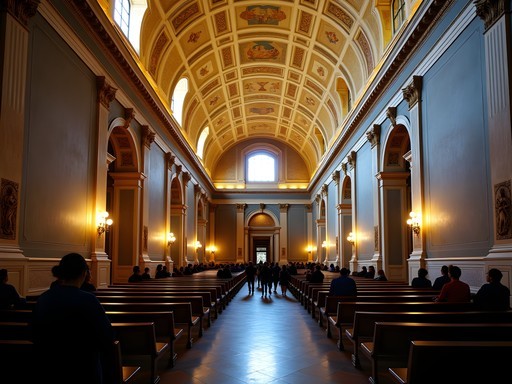
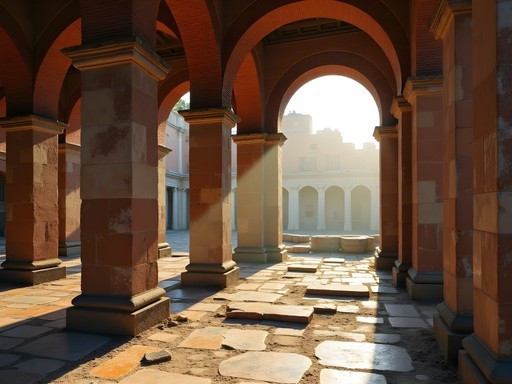

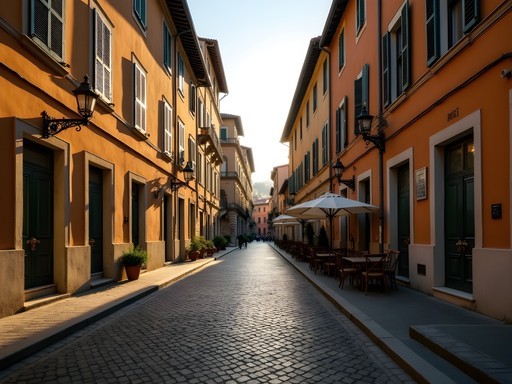


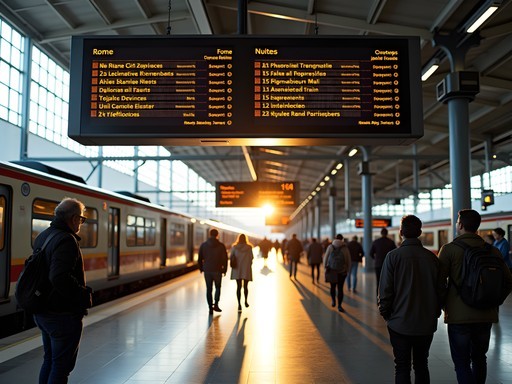
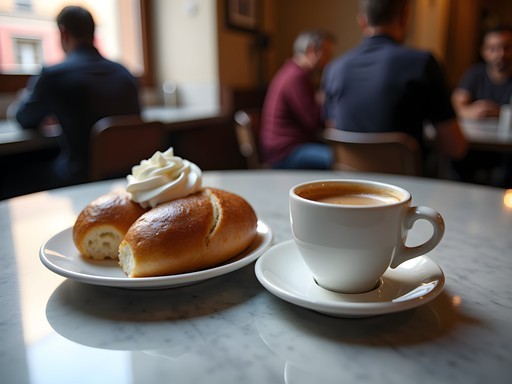
Comments
Casey Andersson
What a refreshing take on Rome! While I typically write about luxury travel, I found myself nodding along to so many points here. Even when I splurge on a nice hotel, I still love the free walking tours and neighborhood exploration you mentioned. There's something magical about turning a corner in Rome and stumbling upon a 2000-year-old column just... sitting there. No admission fee, no queue, just history integrated into daily life. That's the real luxury of Rome! I'd add that aperitivo hour (around 6-8pm) at many bars offers complimentary snacks with a €5-8 drink - sometimes substantial enough for dinner if you're on a tight budget.
sunnyblogger
Great article! My husband and I visited Rome last fall and followed a similar budget approach. One thing I'd add is to bring a good water bottle - those ancient Roman fountains throughout the city provide amazing free drinking water! We filled up constantly and saved so much money. Also downloaded the offline map which helped us find all the hidden gems without using data. The Trastevere neighborhood had some of the most affordable and authentic meals we found.
backpackchamp
Going to Rome next month! Is the Roma Pass really worth it?
islandphotographer
We got it and honestly only broke even. If you're doing 3+ major sites and using public transport a lot, maybe. Otherwise stick with Frank's à la carte approach.
backpackchamp
Thanks for the honest take! Will probably skip it then.
Sophia Gomez
Frank, I love how you've captured the essence of budget travel without sacrificing the experience! I was in Rome last year for a business conference and extended my stay using many of these same strategies. One tip I'd add: I found a local cooking class through Airbnb Experiences for just €25 where we made pasta from scratch with an Italian nonna in Trastevere. Not only was it cheaper than eating out that night, but I learned skills I still use at home. The best souvenirs don't have to cost anything! Also appreciated your transportation section - those weekly passes saved me so much compared to individual tickets.
Frank Watson
Thanks Sophia! Love the cooking class idea - experiential souvenirs are always the best investment.
islandphotographer
Just got back from Rome last month and wish I'd seen this sooner! We definitely spent more than $50/day but your tips about the free museum days are gold. We accidentally stumbled on the Pantheon at sunset (completely free!) and it was honestly the highlight of our trip. The light coming through that oculus was magical. Did anyone else feel like the street food near the tourist spots was actually decent value compared to other European cities?
backpackchamp
Totally agree about the Pantheon at sunset! Best free thing in Rome!
sunsettime
The pizza slices near Campo de' Fiori were my go-to budget meal. So cheap!
Claire Hawkins
Frank, your financial advisor background really shows in how you approach travel budgeting! We just got back from Rome with our toddler and followed your accommodation advice - found a tiny but perfect apartment in Monti for €65/night. The money-saving tip I'd add: Rome's parks are incredible free entertainment for families. Villa Borghese has free puppet shows on weekends that my daughter loved, and picnicking there watching the locals is better than any paid attraction. Also, for anyone with kids, most museums are free for children under 18 and many have special family activities on Sundays!
Frank Watson
Great additions, Claire! The parks are definitely underrated attractions. And congrats on finding that Monti apartment - that neighborhood is such a gem for budget travelers who still want to be central.
explorefan
Great post! Is it really possible to find accommodation for €25/night in Rome? Any specific hostels or areas you'd recommend that are safe but cheap?
wanderlustrider
Not the author but I stayed at The Yellow Hostel last year and it was around €22/night in a 6-bed dorm. Super clean and great location near Termini!
explorefan
Thanks! Did you feel safe in that area? I've heard mixed things about staying near train stations.
wanderlustrider
It was totally fine! Just use normal city smarts. The convenience of being near the station was worth it, especially for day trips to Florence and Naples. Just don't wander around at 3am alone and you'll be fine!
Casey Andersson
Frank, your post brings back memories! While I typically stay at boutique hotels when in Rome (occupational hazard of luxury travel blogging!), I once did a budget challenge similar to yours. The Monti neighborhood was my secret weapon - found a tiny room above a family restaurant for €40/night that came with breakfast. One tip I'd add: the Galleria Borghese is worth splurging on the €13 entry fee. It's the one paid attraction I recommend to everyone, budget traveler or not. Book online 2-3 weeks ahead to secure a spot. I always carry my pocket guidebook which has self-guided walking tours that saved me so much money on guided tours. Your financial advisor perspective gives such a refreshing take on value vs. cost!
wanderlustrider
This is exactly what I needed! Going to Rome next month and was worried about blowing my budget. The free walking tour tip is gold!
Casey Andersson
You're going to love Rome! Even though I usually splurge a bit more when traveling, I tried Frank's aperitivo tip on my last visit and it was amazing. Got dinner and drinks for €15 near Campo de' Fiori!
wanderlustrider
Thanks Casey! Any specific place you'd recommend for aperitivo?
Casey Andersson
Try Bar del Fico near Piazza Navona! Not the cheapest but the best value - amazing spread and perfect for people watching. If you want more budget-friendly, head to Trastevere area where the student bars have better deals but simpler food options.
redrider
Those transportation hacks are spot on! We walked almost everywhere and used the bus only a few times. So much cheaper than taxis!
Venture X
Premium card with 2X miles, $300 travel credit, Priority Pass